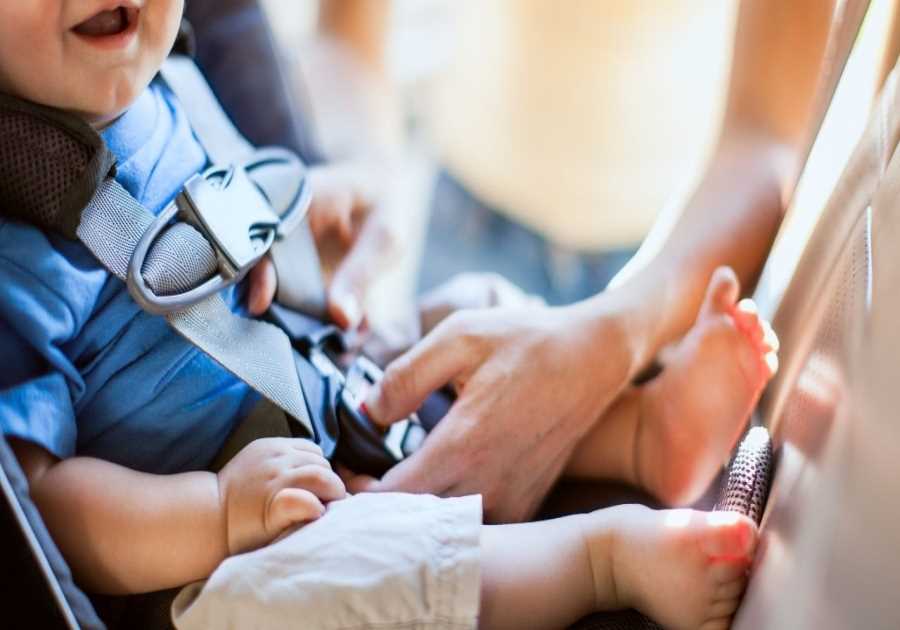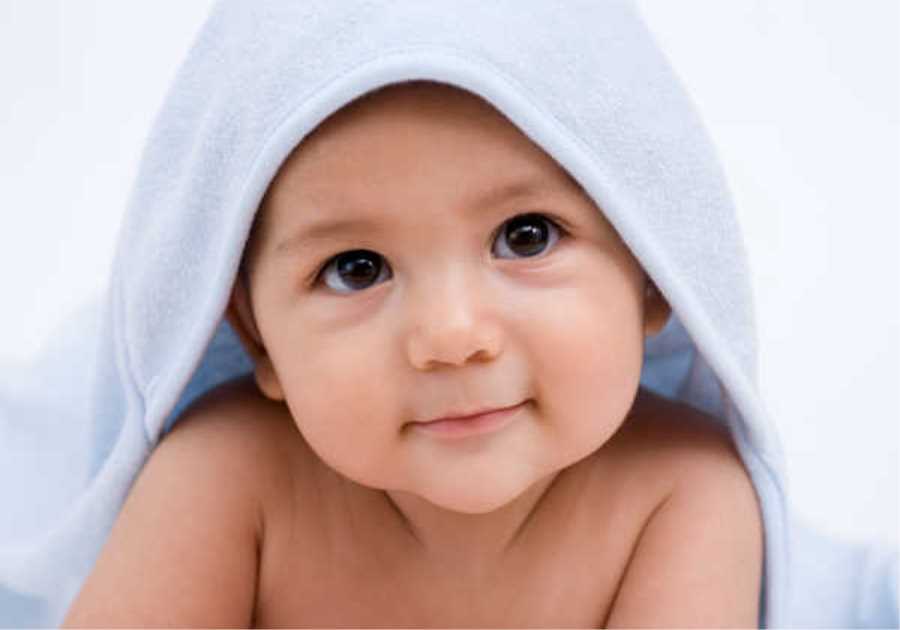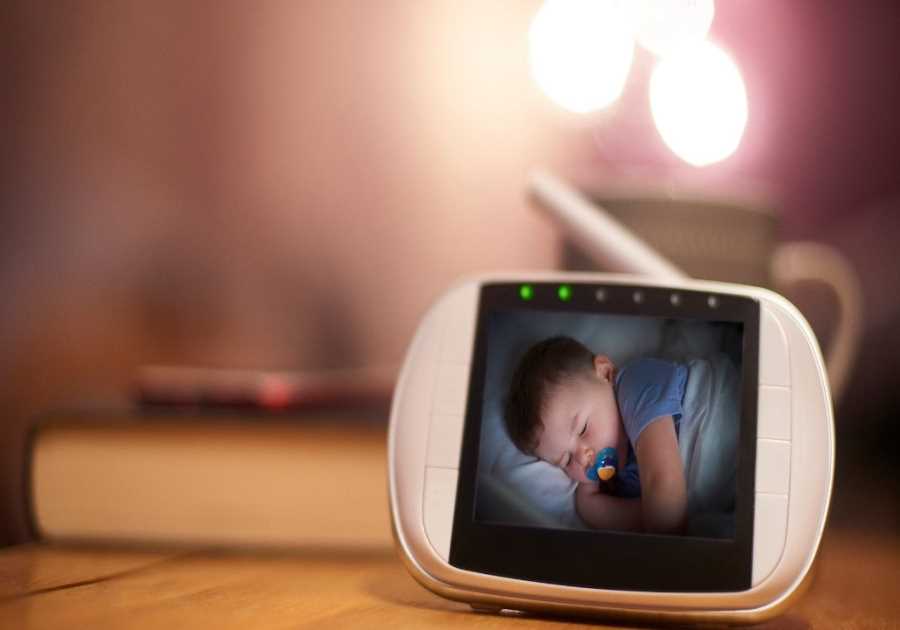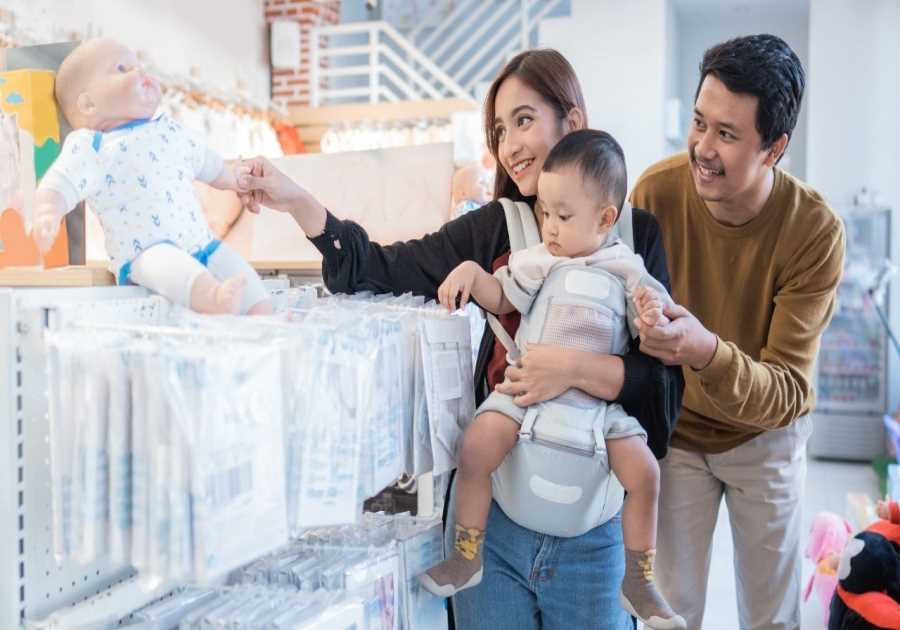You may be thinking, "My house is already safe enough for a baby. I don't need to go through the hassle of babyproofing." However, the truth is that even seemingly harmless objects and areas can pose a threat to your little one. As a parent, it's your responsibility to ensure that your home is a safe haven for your child.
This guide will walk you through the essential steps of babyproofing your home. From securing cabinets and drawers to creating a safe sleep environment, we've got you covered. By taking these precautions, you'll have peace of mind knowing that every corner of your home is safe for your baby to explore and play in. So let's dive into Babyproofing 101!
Assessing Your Home for Hazards
Before you start making changes, take time to assess your living space for potential hazards. Start by examining the home layout and furniture placement. Consider whether there are any sharp edges or corners that your baby could bump into while crawling around. Take note of any unstable furniture or heavy objects that could fall over.
Next, move on to identifying potential dangers in each room of your home. Check for loose electrical cords or wires that your baby might tug on, as well as exposed outlets. Look for any small items that could be choking hazards, like coins or buttons, and make sure they're out of reach. Finally, consider the doors and windows in your home – are they secure? Are there any blind cords hanging down that pose a strangulation risk? By taking the time to assess these potential hazards before you start babyproofing, you'll be able to create a safer environment for your little one.

To ensure maximum safety for your baby at home, it's important to secure cabinets, drawers, and doors. Your curious little one will likely want to explore every nook and cranny of the house once they start crawling around! In order to prevent them from accessing cleaning products or other dangerous items stored in cabinets or drawers throughout the house, install child locks on all accessible storage spaces. Additionally, use door stoppers on all doors leading outside – this will prevent them from slamming shut unexpectedly and injuring tiny fingers!
Securing Cabinets, Drawers, and Doors
You don't want your little explorer to open every cabinet and drawer like a curious raccoon, so let's make sure they stay closed with these simple safety locks. Magnetic locks are an excellent option for securing cabinets and drawers without leaving any visible evidence of a lock. These locks work by using powerful magnets on the inside of the cabinet or drawer that can only be unlocked with a magnetic key. They are easy to install and can prevent your child from accessing dangerous chemicals, sharp objects, or even snacks.
Childproof latches are another type of lock that is more affordable than magnetic locks but just as effective. These latches work by blocking the handles or knobs on cabinets and drawers so that they cannot be pulled open. Some types require drilling, while others have adhesive backing for easy installation. With childproof latches in place, you won't have to worry about your baby getting into anything they shouldn't be in. Once you've secured all your cabinets and drawers, it's time to move on to covering electrical outlets and cords.
Covering Electrical Outlets and Cords
When it comes to babyproofing your home, covering electrical outlets and cords is a crucial step. Installing outlet covers is a simple and effective way to prevent your little one from sticking their fingers or objects into the sockets. Managing cords and wires is also important to avoid tripping hazards or accidental pulls that could cause appliances or lamps to fall on your child.

Installing Outlet Covers
Now it's time to make sure those electrical outlets are covered up tight so little hands can't get in there! There are a few different types of outlet covers you can choose from, depending on your needs and preferences. Here are some outlet cover types to consider:
- Standard outlet covers: These simply snap onto the outlet and have a small piece that slides over the plug holes to keep them covered.
- Sliding outlet covers: These work similarly to standard covers, but have a sliding mechanism that allows you to easily open or close the cover as needed.
- Tamper-resistant outlet covers: These require both prongs of a plug to be inserted simultaneously in order for the cover to open, making it nearly impossible for children (or anyone else) to insert something into the socket.
- Pop-up outlets: If you're doing a remodel or new build, consider installing pop-up outlets that can be hidden when not in use.
When installing outlet covers, there are a few things to keep in mind. First, ensure that the cover is securely fastened onto the wall and cannot be easily removed by curious little fingers. Additionally, make sure any excess cord is tucked away behind furniture or using cord management solutions like cable clips or zip ties. With these tips and tricks for proper installation and choosing appropriate outlet cover types, your baby will be safe from electrical hazards at home.
As important as covering electrical outlets is managing cords and wires around your home; read on for some helpful tips on how to do just that...
Managing Cords and Wires
Make sure cords and wires are properly managed in your home to prevent any tripping hazards or potential damage - but have you considered how this can also improve the overall aesthetic of your living space? Investing in cable management tools such as cord concealment devices, cable clips, and zip ties can keep loose cords tidy and out of sight. This not only reduces the risk of accidents but also eliminates clutter and promotes a clean look.

When managing cords and wires, it's important to avoid placing them near walkways or areas where people tend to move around frequently. Be mindful of furniture placement that may create obstacles for these cables. Tucking them behind furniture or routing them through its legs can help keep them hidden while reducing the chances of anyone tripping over them. Now that you've learned about managing cords, let's take a look at ways to block off dangerous stairways and balconies.
Blocking Stairways and Balconies
Blocking stairways and balconies is essential to prevent accidents and injuries for your little one. Your baby is curious and loves to explore, but unfortunately, stairs and balconies are not safe places for them to play. Invest in some gate options to block off these areas, especially if you have a multi-level home. Choose a gate that's easy for you to operate but impossible for your child to open. Make sure it securely attaches to the wall or railing so there's no chance of it tipping over.
If you have a balcony, consider installing balcony netting as an extra safety measure. Balcony netting can prevent falls by creating a barrier between your baby and the edge of the balcony railing. It's important to choose a high-quality netting material that won't tear easily or be broken through by your baby. Also, make sure it's properly installed with no gaps or holes where your little one could slip through.
Preventing falls and burns is just as crucial in keeping your baby safe at home.
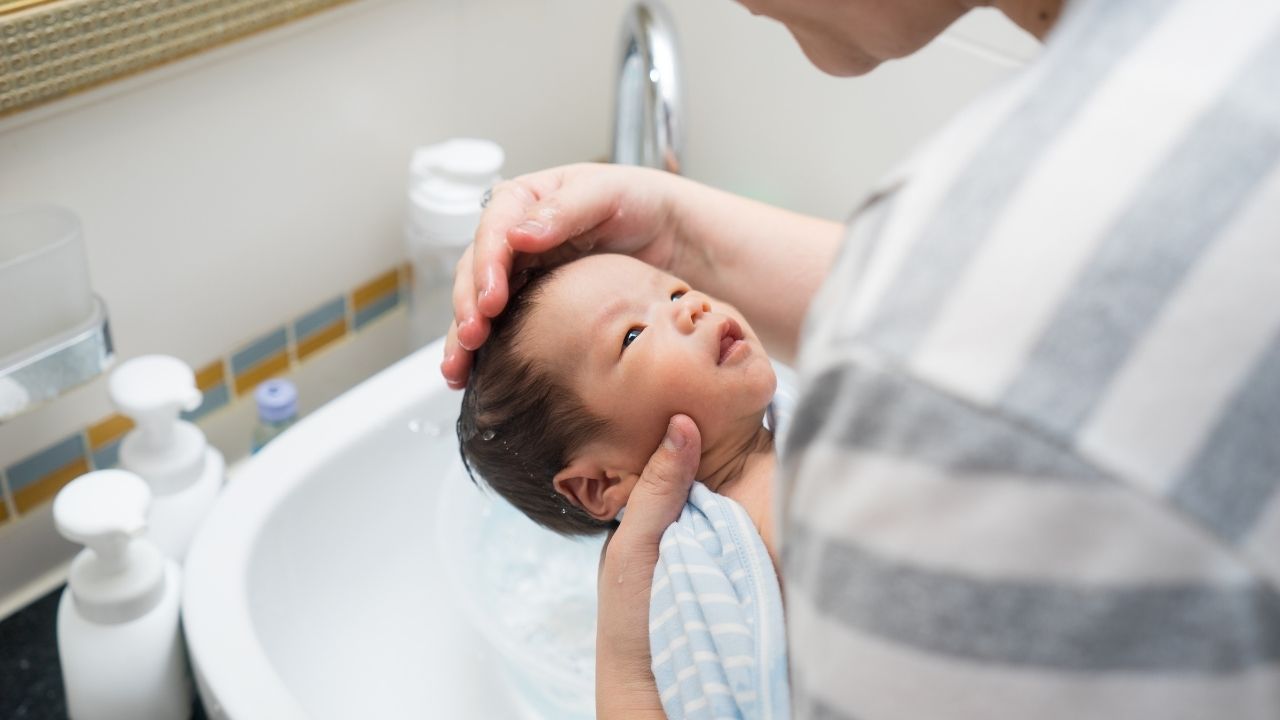
Preventing Falls and Burns
To ensure your little one stays out of harm's way, it's imperative that you take measures to prevent falls and burns within your living space. Here are some tips on how to do so:
Install safety gates: Safety gates are a great way to keep your baby away from stairs and other dangerous areas in the house. Make sure to purchase gates that are appropriate for the size of the opening you're trying to block off, as well as ones that meet safety standards.
Check fire safety: Make sure all smoke detectors in your home are working properly, and consider installing carbon monoxide detectors if you don't already have them. Also, make sure any heaters or other appliances that generate heat are far away from curtains, furniture, or anything else that could catch fire.
Cover outlets and sharp corners: Babies love exploring their surroundings, but they can be at risk when they start crawling around electrical outlets or bumping into sharp corners of furniture. Use outlet covers and corner guards to ensure their safety.
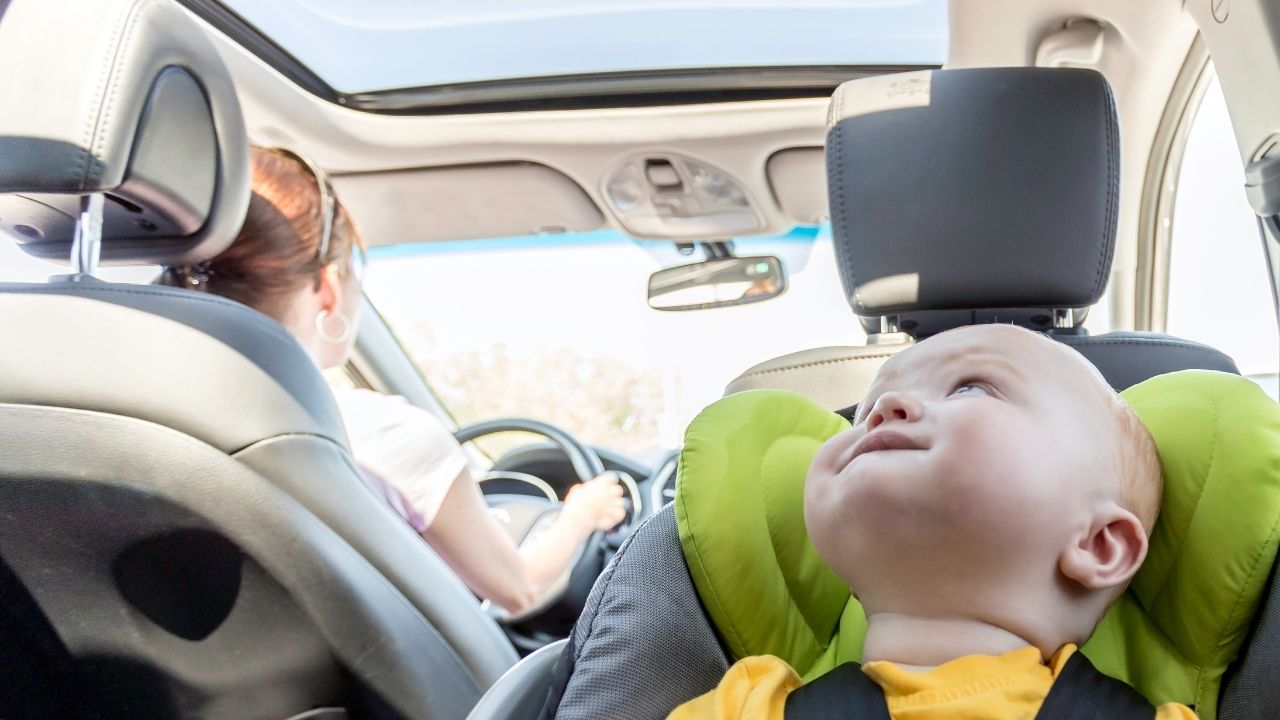
Preventing falls and burns is just one piece of the puzzle when it comes to babyproofing your home. The next step is creating a safe sleep environment for your little one.
Creating a Safe Sleep Environment
It's crucial to ensure your little one dozes off in a secure and cozy environment, free of any potential hazards. When it comes to creating a safe sleep environment, the first thing you should consider is choosing the right bedding. Opt for a firm and flat mattress with fitted sheets that fit snugly around the corners. Avoid using soft bedding such as pillows, blankets, or crib bumpers as they can increase the risk of suffocation or Sudden Infant Death Syndrome (SIDS). Instead, dress your baby in a sleep sack or wearable blanket for warmth.
Another important factor to consider when creating a safe sleep environment is room temperature. The ideal temperature range for your baby's room is between 68-72 degrees Fahrenheit (20-22 degrees Celsius). It's essential to avoid overheating your baby as it increases the risk of SIDS. Use a thermometer to monitor the room temperature and adjust accordingly by adding or removing layers of clothing or adjusting the thermostat. Additionally, make sure there are no drafts from windows or doors that could cause your little one to get too cold during their slumber. By following these guidelines, you can create a safe and comfortable sleeping space for your precious bundle of joy!
Frequently Asked Questions
How do I choose the right baby gate for my stairs?
When it comes to choosing the right baby gate for your stairs, there are a few things to keep in mind. First and foremost, make sure the gate is hardware-mounted rather than pressure-mounted for added stability and security. Installation tips include measuring your stairway opening accurately and ensuring that the gate is installed at the correct height (usually about 2/3 up the height of the tallest person likely to use the stairs). As for material options, consider whether you prefer wood or metal gates - both have their pros and cons. Wood gates may be more aesthetically pleasing but can be prone to warping over time, while metal gates are typically sturdier but may not blend in with your decor as well. By weighing these factors carefully, you can choose a baby gate that will provide peace of mind and protection for your little one on the stairs.
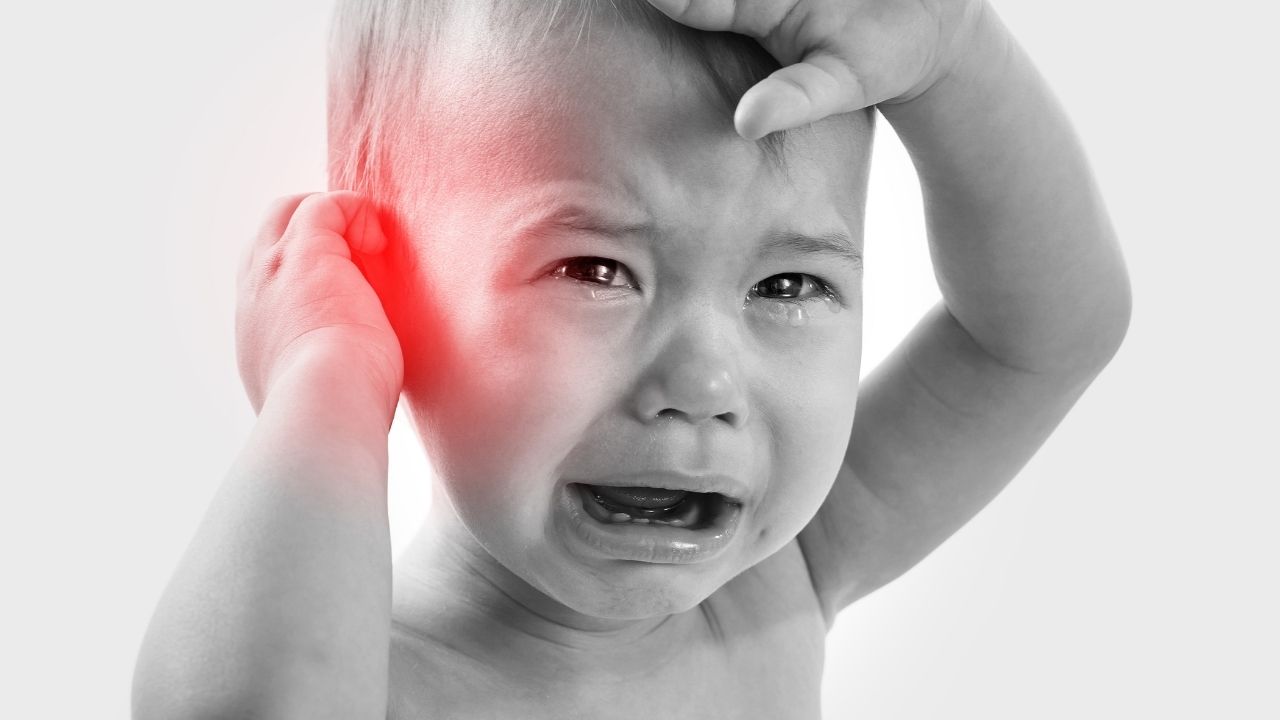
Is it necessary to remove all plants from my home to prevent poisoning?
If you have indoor plants at home, it's important to be aware of which ones can be toxic to your baby. While it's not necessary to remove all plants from your home, it's a good idea to do some research and make sure any plants you have are safe for children. Some common poisonous houseplants include philodendrons, peace lilies, and pothos. If you suspect that your baby has ingested part of a plant or is showing signs of poisoning, don't hesitate to call the Poison Control Hotline at 1-800-222-1222 for immediate assistance. It's always better to err on the side of caution when it comes to the safety of your little one.
What should I do if my baby accidentally ingests a household cleaning product?
Accidentally ingesting a household cleaning product can be a terrifying experience for any parent. Emergency response is crucial in this situation, so the first thing you should do is call poison control or 911 immediately. While waiting for help to arrive, it's important to keep your baby calm and monitor their breathing. Prevention tips include storing all cleaning products out of reach and sight of children, using child-resistant locks on cabinets containing these products, and always reading the label before use. Remember, even natural or organic cleaning products can still be harmful if ingested in large quantities. Keep your baby safe by taking preventative measures and being prepared for an emergency situation.
How do I safely use space heaters in my home with a baby?
Using a portable space heater in your home can provide warmth during colder months, but it's important to take necessary precautions to prevent accidents. Start by choosing a heater with safety features like automatic shut off and temperature control. Always place the heater on a flat and stable surface away from any flammable materials like curtains or blankets. Keep the heater out of reach of children and pets, and never leave it unattended while it's on. Teach your older children about the dangers of space heaters and remind them not to touch or play near them. Additionally, avoid using extension cords or power strips with space heaters as they can overheat and cause fires. By taking these steps, you can safely use a space heater in your home without risking burns or accidents.
Can I use bumpers in my baby's crib to prevent their arms and legs from getting stuck?
Using bumpers in your baby's crib to prevent limbs from getting stuck may seem like a good idea, but it actually poses risks. The American Academy of Pediatrics advises against the use of crib bumpers because they can increase the risk of suffocation or strangulation if a baby's face becomes pressed against them. Fortunately, there are alternative solutions available that can keep your baby safe and secure in their crib. Consider using a tightly fitted sheet, avoiding loose bedding or pillows, and ensuring that the mattress is at the correct height for your child's age and size. By following these tips, you can rest assured that your little one is sleeping soundly while staying safe and secure in their crib.
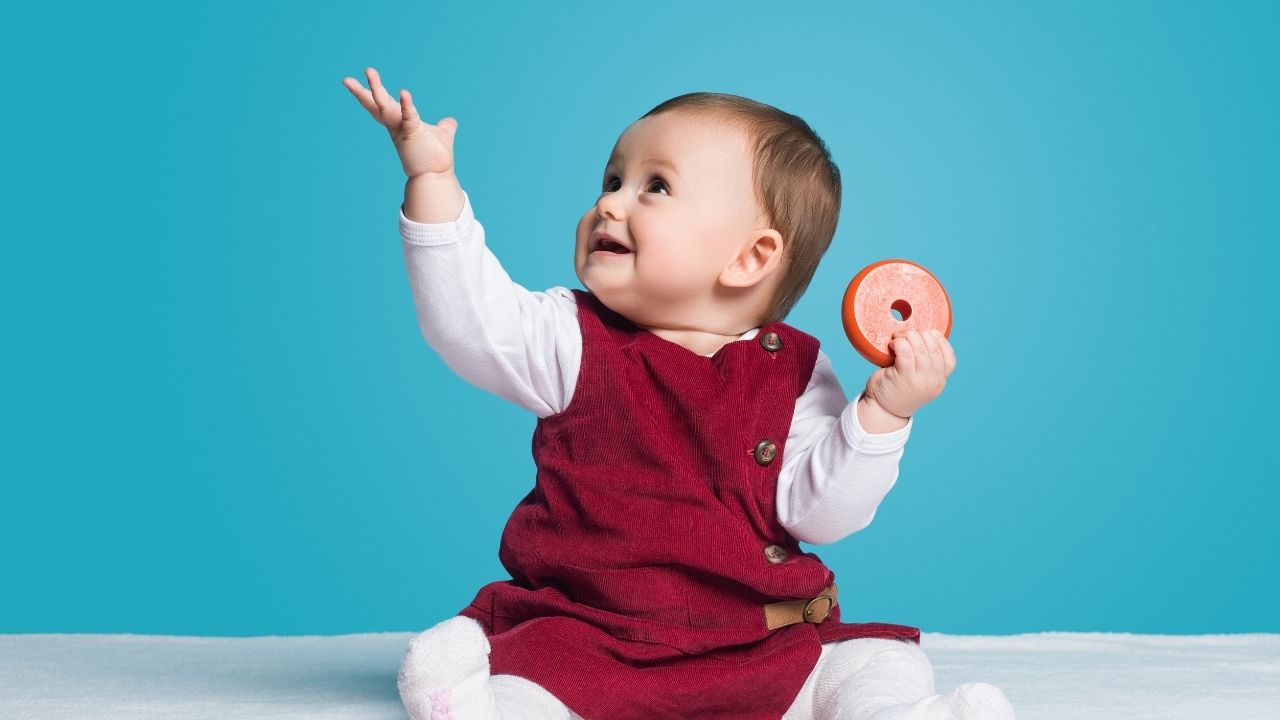
Conclusion
Now that you have assessed your home for potential hazards and taken the necessary steps to babyproof, you can breathe a little easier knowing that your baby is safe. Remember to always be vigilant and keep an eye on your little one as accidents can still happen. It's better to be safe than sorry!
As the saying goes, "an ounce of prevention is worth a pound of cure". Taking the time to properly babyproof your home will save you from potential emergencies and give you peace of mind. So go ahead, enjoy every moment with your little one in a safe and secure environment.
.png)
